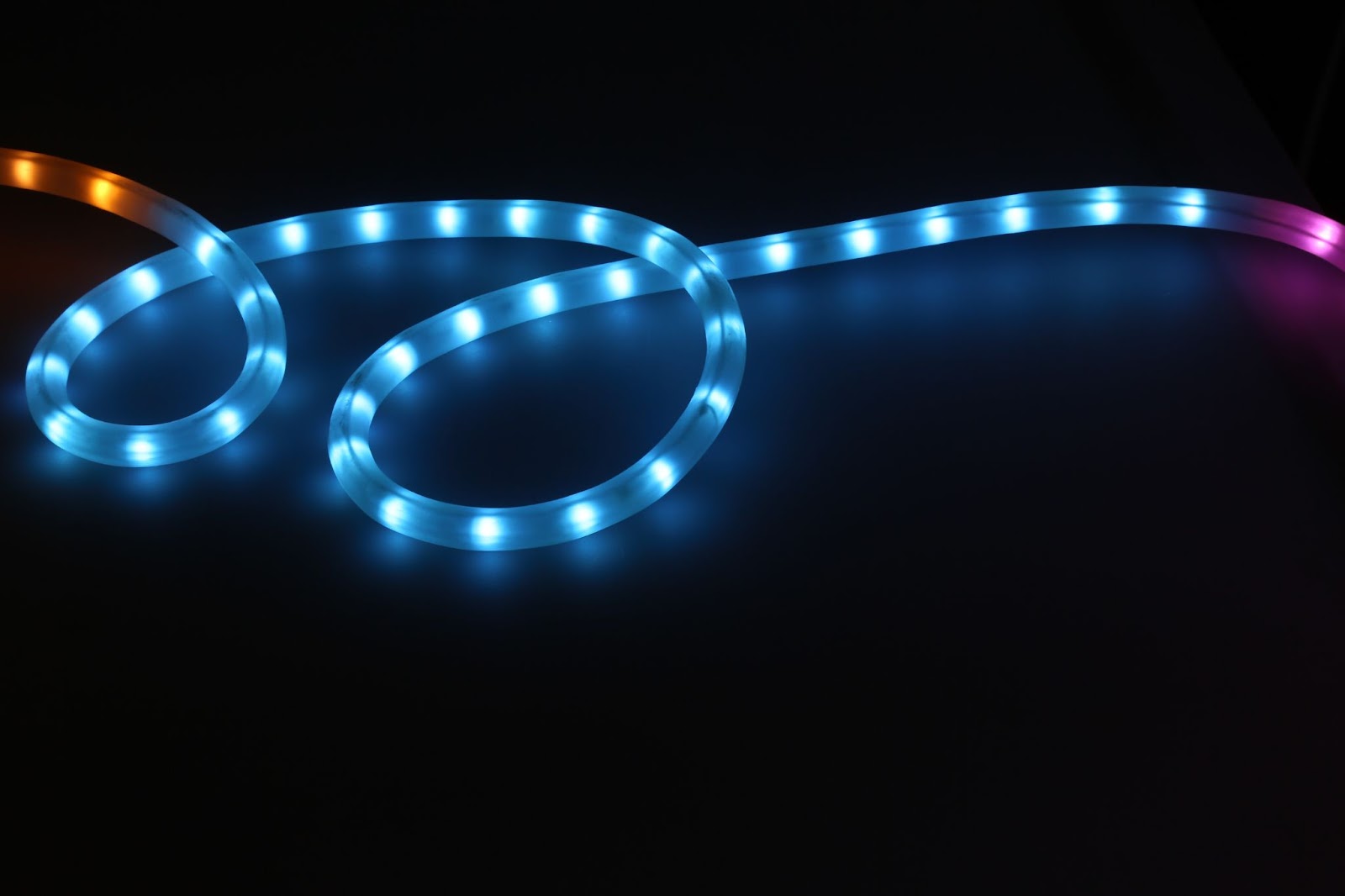What Are LED Lights?
LED stands for light-emitting diodes and are semiconductor devices that produce light when an electric current passes through them. With a growing number of types available today, more owners and builders are considering LED light installation.
Is It Worth Switching to LED Lights?
If you’re yet to be persuaded of the cost savings, have a read:
With rising energy prices, LED light installations will be found in more homes and workplaces. Unlike halogen lights, LED lights have a longer life span.
If you are considering LED lights, below are factors you should know to help you make an informed decision.
1. LED Density and Brightness
Ensuring the area is well-lit is a major consideration in the choice of lighting. It makes a difference to the purpose the space is designed to serve. Obviously, the higher the density, the brighter will be the light emitted. In an LED strip, the density is indicated by the number of light-emitting diodes present on it.
There are two density measures in an LED light strip; standard and high. The former has 30 LEDs on a strip and the latter 60. With a 60, you can expect more brightness. It’s ideal for areas of the house or workplace that need to be brightly lit.
2. Colours
The light produced by LED lights is white. By colour, we refer to the shades of white produced due to the temperature measured in Kelvin, or K for short.
There are three colour temperatures as follows:
- At 6000K, you will get cool white. It is brighter and more focused. When you need the space to be well illuminated, for example, in the kitchen or bathroom, this is the obvious choice.
- At 4000K, you will get neutral white. It produces natural daylight colour. As such, it is easy on the eye. You can use them in spaces like under the kitchen cabinet.
- At 3000K, the white light is commonly called warm white. It is a cozy shade of white, common in areas where aesthetic and mood triumph over functionality. They are usually fitted in the bedroom, living or smaller dining areas.
3. Length of the Strip
The length of the strip is conditional on the number of diodes it hosts. Generally, the standard density strips tend to be longer. It can stretch up to 33 feet or 10 metres. You can cut it into shorter strips to suit your needs. But it is important where the cut is made to avoid damaging the diodes. A high-density strip is typically shorter. It too can be cut to suit the required length.
4. LED Strip Wattage and Powering
Different lengths of LED strips require different wattages. The good news is there is a chart you can refer to base your decision on.
| Length (Ft.) | Length (Metres) | 30 LEDs/MWattage | 60 LEDs/MWattage |
|---|---|---|---|
| 1 | 0.3048 | 2.4 | 4.8 |
| 2 | 0.6096 | 4.8 | 9.6 |
| 3 | 0.9144 | 7.2 | 14.4 |
| 6 | 1.8288 | 12.15 | 20.8 |
| 9 | 2.7432 | 17.1 | 27.2 |
| 12 | 3.6576 | 22.05 | 33.6 |
| 16.4 (full reel) | 5 | 27 | 40 |
The source of the power of LED lights include:
- Plug-in adapter
- Hardwire power supply
- Dimmable power supply
- 8-cell battery holder
Generally, LED strips need 12 volt DC input.
5. Efficiency of LED Lights
The reasons include:
- Utilise less energy
- More durable
- More versatile as you can choose the length, brightness and colour temperature
6. Types of LED Lights
There are four types:
- High output: They are mounted on circuitry and board drivers because of their rigid design.
- AC strips: They are flexible and easy to install. All you need to do is plug them into the outlet.
- DC strips: A unique feature of the DC strips is that they are waterproof. The strips come with an adhesive back, making them convenient to install and versatile. They come in 2 different sizes: 30 or 60 diodes per metre.
- Rope light: The LED Rope light is encased in a rubber-like plastic casing. It makes them waterproof and suitable for use outdoors, such as a patio. With its rope-like structure, it can be hung anywhere. In addition, light is emitted all around the rope, not just the top like the strip types. Light will be shone in all directions from the rope.
7. LED Lights Installation Cost
The initial outlay for LED lights cost more than traditional light. But it generates cost savings in the long run. Before any LED light installation project, it is best to determine the spaces you intend to use it in and the types and amount of light you need. They will determine your installation cost.
A future energy-efficient building, residential or commercial, will likely feature LED lights installations. With technology, LED lights will likely expand in design and application. To learn more, connect with a team member today.







